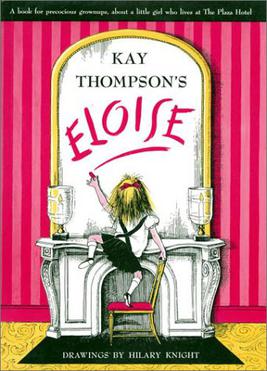

Back in the early days of self-publishing many traditionally published authors were sitting on rights-reverted content that had no future in the bricks-&-mortar world of bookselling, but suddenly became hot property in the digital world, where entire new rafts of readers could be reached.ĭigital – ebooks, POD, audio – breathed new life into the backlist, and traditional publishers quickly rose to the new opportunity. Early-adopter self-publishers were the first to understand this. Time was the backlist was meaningful only to a handful of timeless authors, because the economics of print and bricks & mortar distribution does not favour an endless supply of not-quite-popular-enough titles crammed into bookstores.ĭigital changed everything.

The early-decade doom-mongers predicting the fall and fall of mainstream publishing have been disappointed by publishing’s refusal to keel over, and the revival of the backlist has been a big part of that counter-balance in mainstream publishing’s survival strategy. It’s true that there has been some leakage of talent as self-publishing has come of age and more and more authors who might once have queried an agent choose instead to go it alone.īut time and again we see successful self-publishers signing deals with mainstream publishers, and the reason for that is simple: mainstream publishers still have much to offer. Here just to take a step back and consider the excited debate in some quarters where the relevance and future of publishers is questioned.


 0 kommentar(er)
0 kommentar(er)
